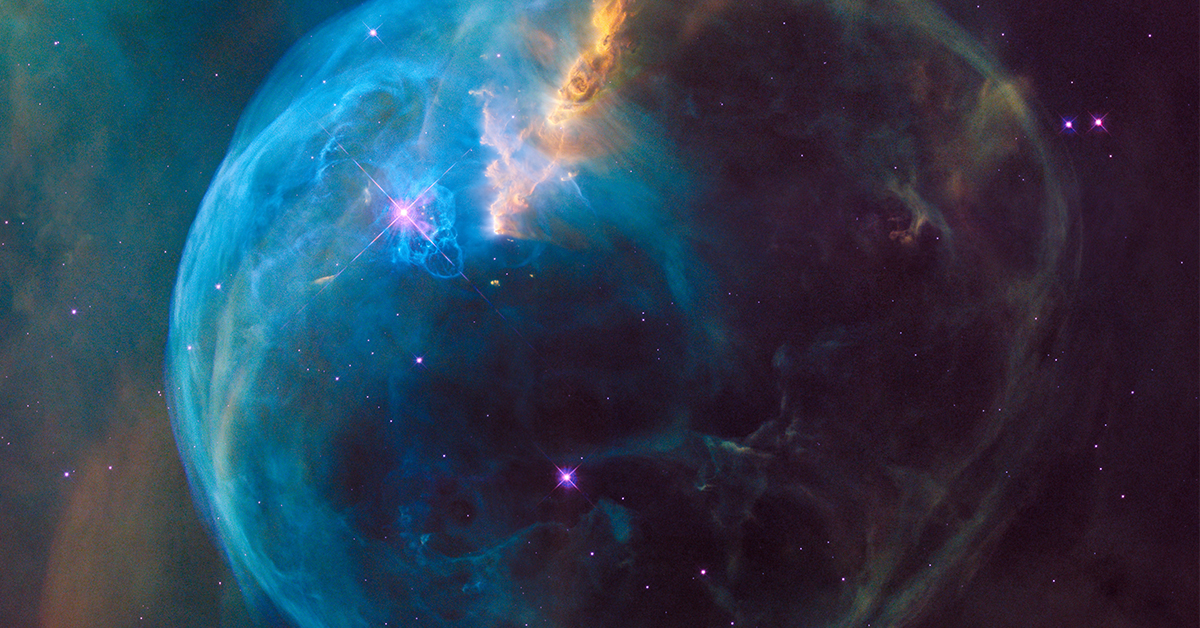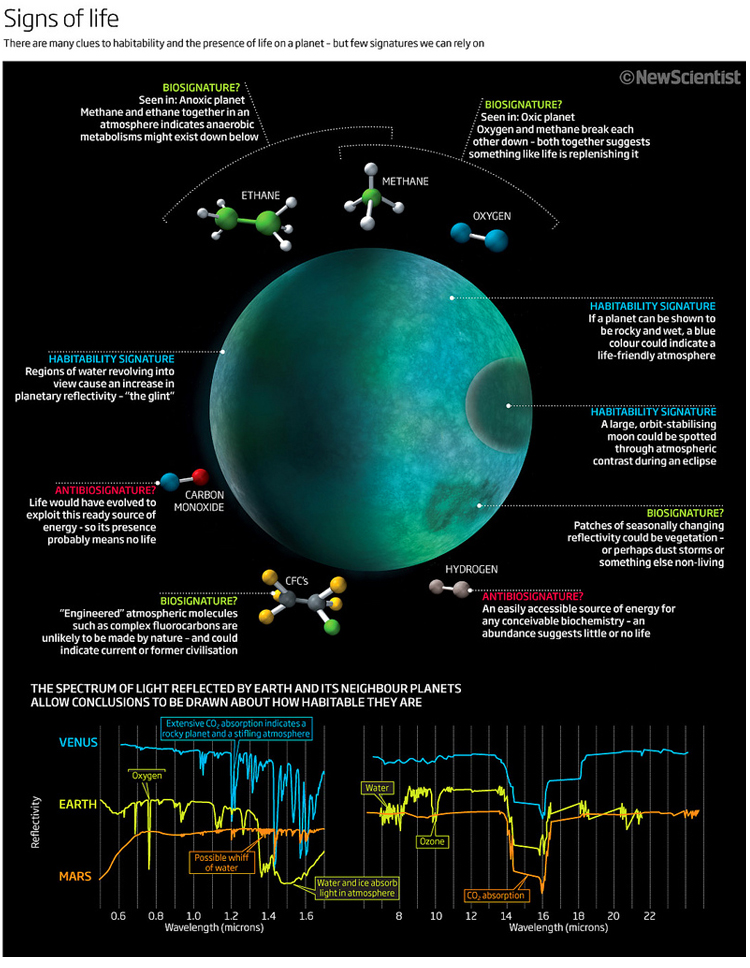
Photo by NASA on Unsplash
In light of the historical Pluto flyby, the internet is more fired up than ever regarding planets and space stuff. New Horizons was a hot topic on Twitter and Facebook on July 14 when the probe gave us the first clear pictures of Pluto (and its tiny moons) since we discovered the dwarf-planet in the ’30s.
Few people hoped to find anything astounding there, but even as the first shots arrived, Pluto was showing several interesting characteristics, including its notoriously big heart. NASA is still sifting through the mountains of data, which promises to yield new information about the formation of the Pluto system, the Kuiper belt, and the early Solar System.
To keep everyone aroused as the scientists crunch their numbers, we’d like to share this awesome infographic embedded below about planets and how you can tell if they harbor life. “Signatures” include:
- planet is rocky and wet
- regions of water revolving into view cause an increase in reflectivity (like our oceans)
- seasonally changing patches of color and reflectivity
- a large moon also helps
- complex fluorocarbons
- spectral analysis shows similarities to our Earth
There are also clues that deny the existence of life on a planet, which helps scientists rule out certain star-orbiting bodies, freeing up telescope time to analyze better candidates. Two such “anti-biosignatures” are:
- the presence of carbon monoxide – in the case of our own planet, it was exploited and immediately reduced by plant life
- an abundance of hydrogen – Earth’s biochemistry has taught us that hydrogen shouldn’t be laying around unconsumed, as it is an easily accessible source of energy
Individually, attributes like water, seasonality, or a blue atmosphere don’t necessarily make a planet livable. However, found together on a single marble, they make a very good case for life. It’s a daunting task to determine all this through a telescope, but scientists are doing it. The bad news is we’re yet to discover a rock where the above signatures converge. However, the sheer size of the Cosmos allows us to stay optimistic. It is, almost without a doubt, only a matter of time before we discover Earth 2.
Enjoy the infographic below and let us know if you believe in aliens too 😉

2 Comments
You can post comments in this post.
Pluto was discovered in 1930 not the 1970s.
Andrew 10 years ago
Thank you for the correction. I had actually meant to say ’30s, can’t imagine how I mixed them up.
Cheers and thanks again!
Filip Truta 10 years ago
Post A Reply